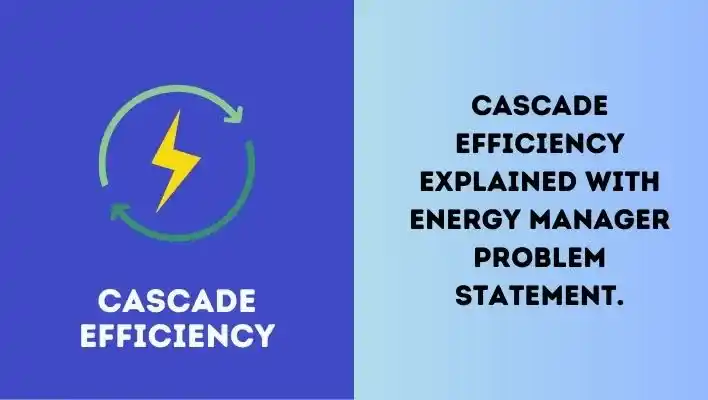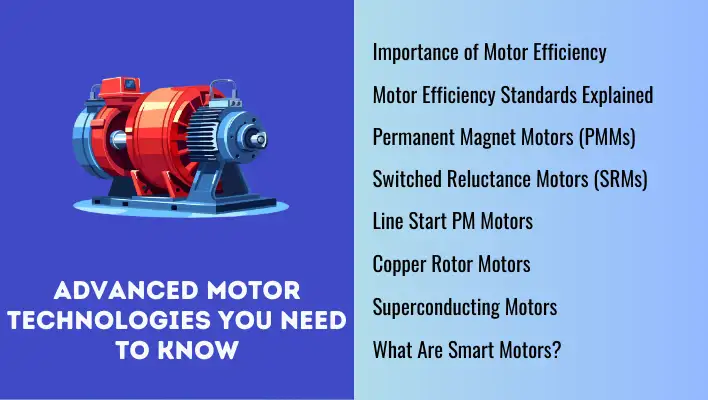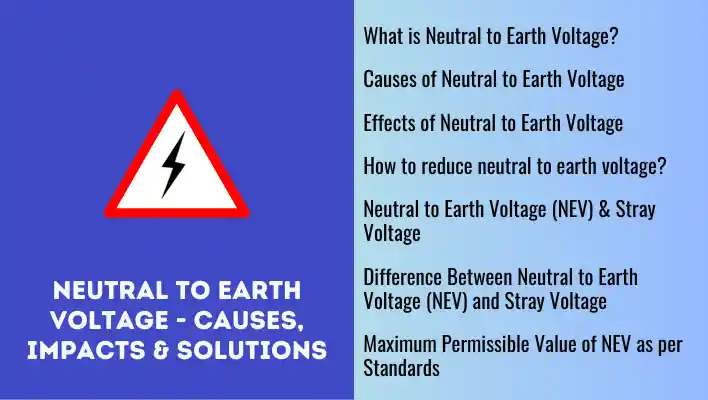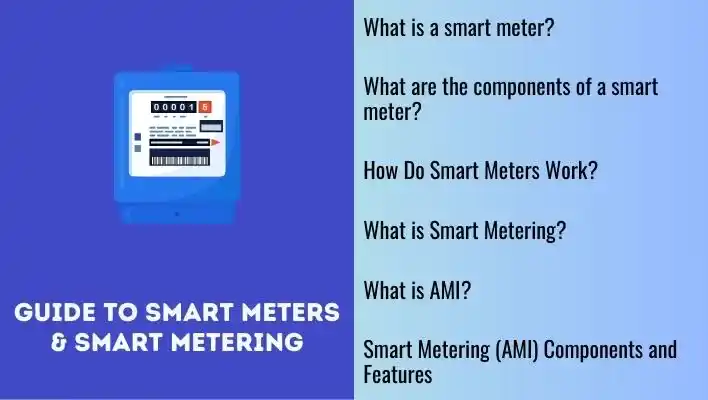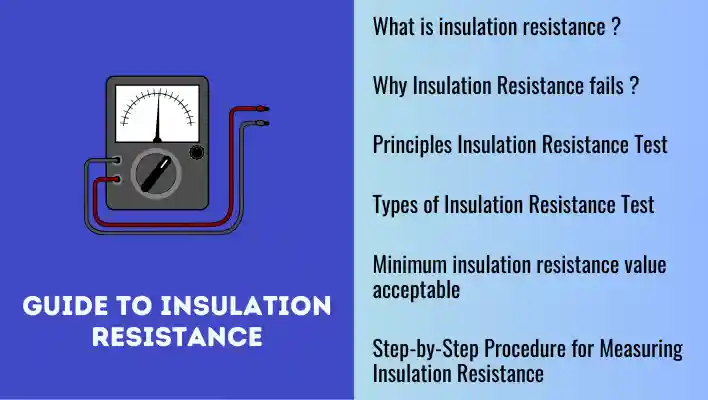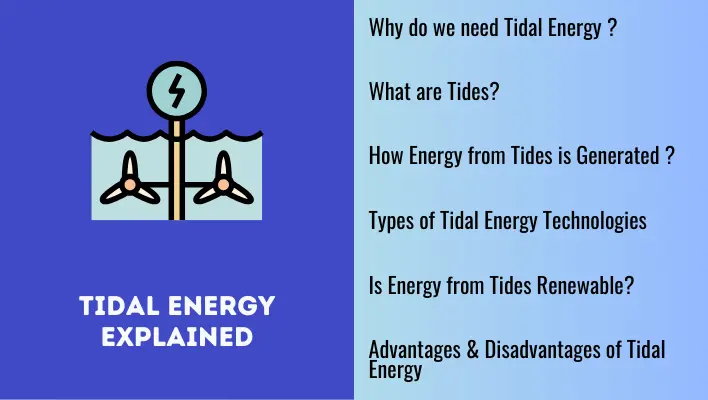This example of cascade efficiency was part of Energy Manager Exam.
Energy Manager Problem Statement Example.
The efficiency at various stages from power plant to end use is given below,
| Efficiency of power generation in the power plant – 30% |
| T & D losses – 23% |
| Distribution losses of the plant – 6% |
| Equipment and end use efficiency – 65% |
What is the overall cascade system efficiency from generation to end use?
Before solving the problem statement lets know what cascade efficiency is all about.
Also Read: Explore AT&C losses | BEE exam
Cascade Efficiency
Cascade efficiency can be defined as the overall efficiency of the entire energy transmission, distribution, and utilization process, taking into account the efficiency of each individual stage involved.
Cascade efficiency is basically how well the whole energy system works, from generating power to using it. It looks at how efficient each part of the process is, like generating electricity, transmitting it through conductors, and processing it by using machines like transformers, motors, and machines.
Think of it like this: when power is made at a plant, it goes through a lot of steps before it reaches your home or business. Along the way, some of the energy is lost due to things like heat or resistance in the wires. Cascade efficiency takes all these losses and efficiencies into account at every step of the journey.
By measuring cascade efficiency, we can see how good the entire energy system is at getting power from where it’s made to where it’s needed. It helps us figure out where we can make improvements to save energy and use resources more wisely.
A typical cascade efficiency profile from generation to 11 – 33 kV user industry will be as below:
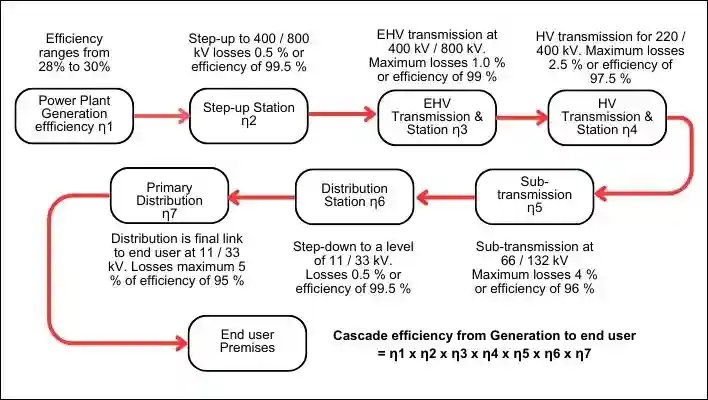
From the details given the picture the cascade efficiency can be calculated using the formula,
Cascade Efficiency in the T&D system = η1 x η2 x η3 x η4 x η5 x η6 x η7
In the above formula, the values for η1 will not be considered because the cascade efficiency is related to transmission and distribution only and not generation.
so putting the values in the formula to simplify,
Cascade Efficiency in the T&D system = 0.995 x 0.99 x 0.975 x 0.96 x 0.995 x 0.95 = 87%
The cascade efficiency in the T&D system from output of the power plant to the end use is
87%.
Also Read: Energy Manager | Calculate Power Factor & Payback Period
Solution to the Cascade Efficiency Problem Statement
| Given |
| Efficiency of power generation in the power plant – 30% |
| T & D losses – 23%. Therefore efficiency will be (1 – 0.23) |
| Distribution losses of the plant – 6%. Therefore Distribution efficiency will be (1 – 0.06) |
| Equipment and end use efficiency – 65% |
| Answer | |
| Overall cascade system efficiency from generation to end use | = 0.3 x (1 – 0.23) x (1 – 0.06) X 0.65 |
| = 0.1411 | |
| =14.11% |
Also Read: Calculate motor temperature rise from unbalanced voltage | Energy Manager Exam question

